Amarnath
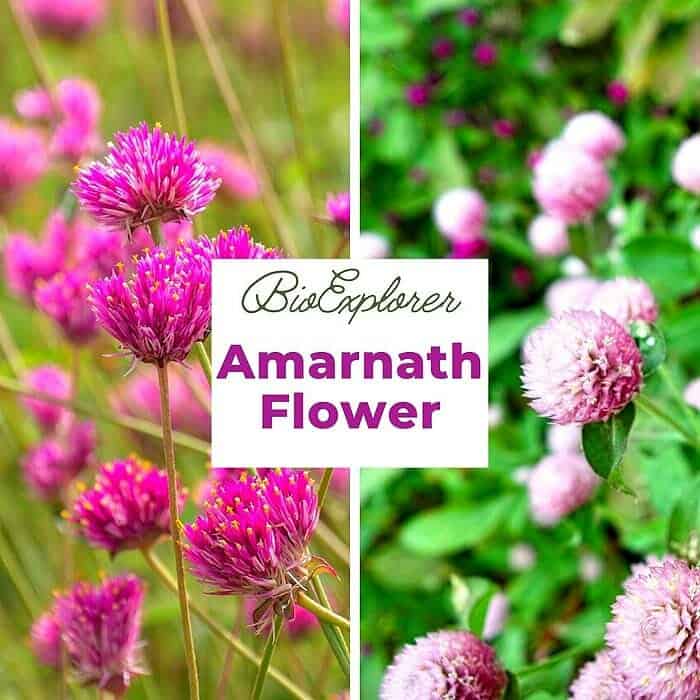
The beautiful Amaranth is a common sight along the park boundaries and in home gardens. Also, it works well as a dried flower and as a bouquet specimen, making it a popular choice with florists.
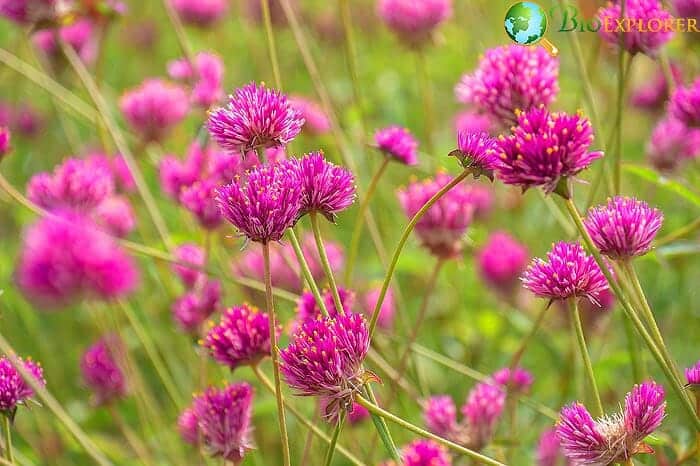
Amaranth is a plant with a long history that was first cultivated as a helpful plant more than four millennia ago but is now used primarily as an ornamental plant.
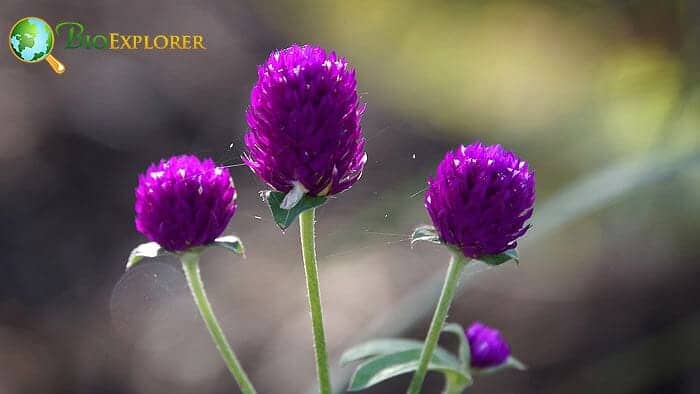
Native to Central and North America, ancient people grew Amaranth 4,000 years ago. With over 60 varieties[1] around the world, Amaranth is now an established cosmopolitan plant.
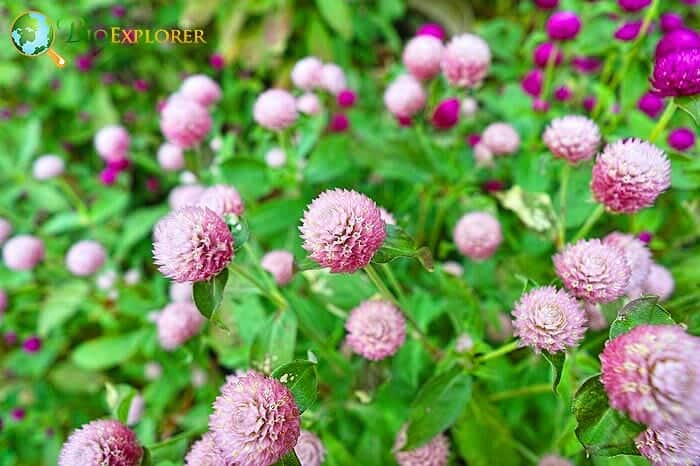
Amaranth has light green pinnate leaves that grow on tall stems. As an annual plant, the garden plant generally grows 2 to 4 feet. The most notable aspect of the Amaranth plant is the flowers.
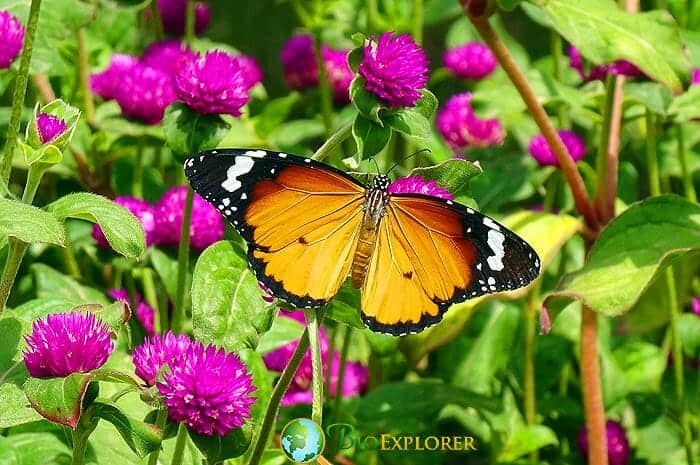
They grow on fallen tassels, leading to their other common name, the tassel flower. Amaranth is one of the more limited flowers and has a straightforward color palette. The most common colors are purple and red.

Also, it’s known to bloom in burgundy and fuchsia. Once preserved, it can turn pink and lilac. In general, Amaranth is a great plant for your garden.
Suggested Reading:
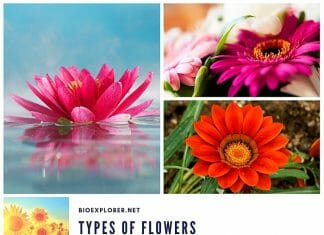
Types of Flowers
Cite this page
Bio Explorer. (2026, January 6). Amarnath. https://www.bioexplorer.net/plants/flowers/amarnath/
